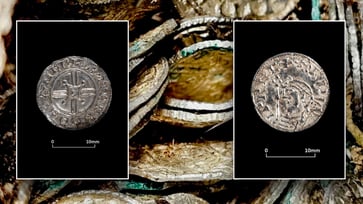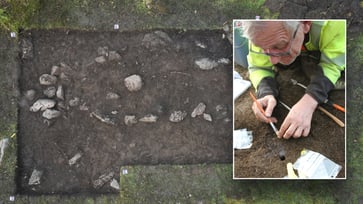The discovery of a mysterious figurine dating back 7,000 years has left archaeologists puzzled: 'Raises questions'
The Ubaid period of ancient Mesopotamia is the origin of the artifact.
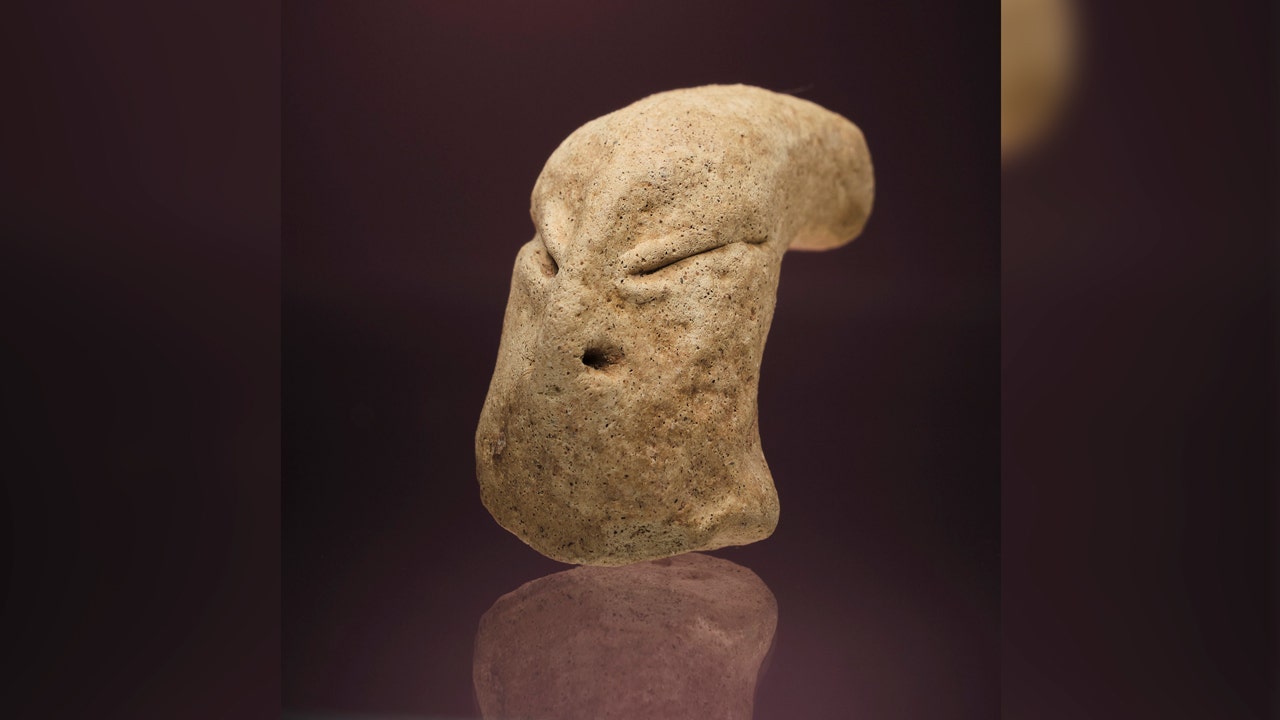
An excavation in Kuwait unearthed a mysterious clay head that dates back thousands of years, leaving archaeologists baffled about its origin.
The Kuwaiti-Polish Archaeological Mission discovered an artifact in Bahra 1, an archaeological site in the Subiya region of Kuwait, as announced in a Nov. 28 press release by the University of Warsaw.
The clay head with an elongated skull, slanting eyes, and a flat nose was described as one of the most remarkable discoveries of the excavation in the press release.
The figurine is from the Ubaid period of ancient Mesopotamia, predating the Bronze Age. It is estimated to have been crafted during the 6th millennium BCE, making it between 7,000 and 8,000 years old.

The first Ubaid figurine of its kind was discovered in the Persian Gulf by the University of Warsaw.
The presence of this ancient artifact raises intriguing questions about its purpose and the symbolic or ritualistic value it held for the people of this community, according to Professor Piotr Bieliński in the press release.
The discovery of two distinct types of pottery at the site was considered "pivotal" by archaeologists studying the Ubaid period.
The excavations at the site have uncovered two distinct types of pottery: Ubaid, imported from Mesopotamia, and Coarse Red Ware (CRW), originating from sites in the Arabian Peninsula, as the press release stated.
"The Gulf region has long been believed to be the source of the latter type, but its actual production locations have remained unknown until now, with evidence from the Bahra 1 site, including an unfired clay vessel, finally confirming its local origin."

The oldest and largest-known settlement in the Arabian Peninsula, Bahra 1, is also the oldest-known pottery production site in the Persian Gulf.
While making pottery, small fragments of plants were added to the clay. Archaeobotanical analysis will be conducted on the plant matter to learn about the local flora during the time period.
Dr. Roman Hovsepyan stated that traces of wild plants, specifically reed, were discovered in locally produced pottery, while cultivated plant remains, such as barley and wheat, were found in imported Ubaid ware.
The Kuwaiti-Polish Archaeological Mission aims to continue studying the site and hopes to make more discoveries and gain insights into the intersection of the Arabian Neolithic and Mesopotamian Ubaid cultures, as well as to strengthen cooperation between Polish and Kuwaiti heritage specialists.

""New discoveries at Bahra 1 have shed light on the cultural exchanges between Arabian Neolithic societies and the Ubaid culture, which spread from Mesopotamia to a vast territory, from Anatolia to the Arabian Peninsula," the press release stated."
lifestyle
You might also like
- Post-inauguration, the surprising truths about DC travel costs.
- Melania and Donald Trump celebrate their 20th wedding anniversary: View the images.
- John Schneider, known for his role in 'Dukes of Hazzard,' remains steadfast in his belief: "God has a plan."
- Notre Dame football coach and Catholic convert is 'not shy about' the importance of faith.
- Trump confidant and unofficial spiritual advisor: "God is granting America another opportunity"

